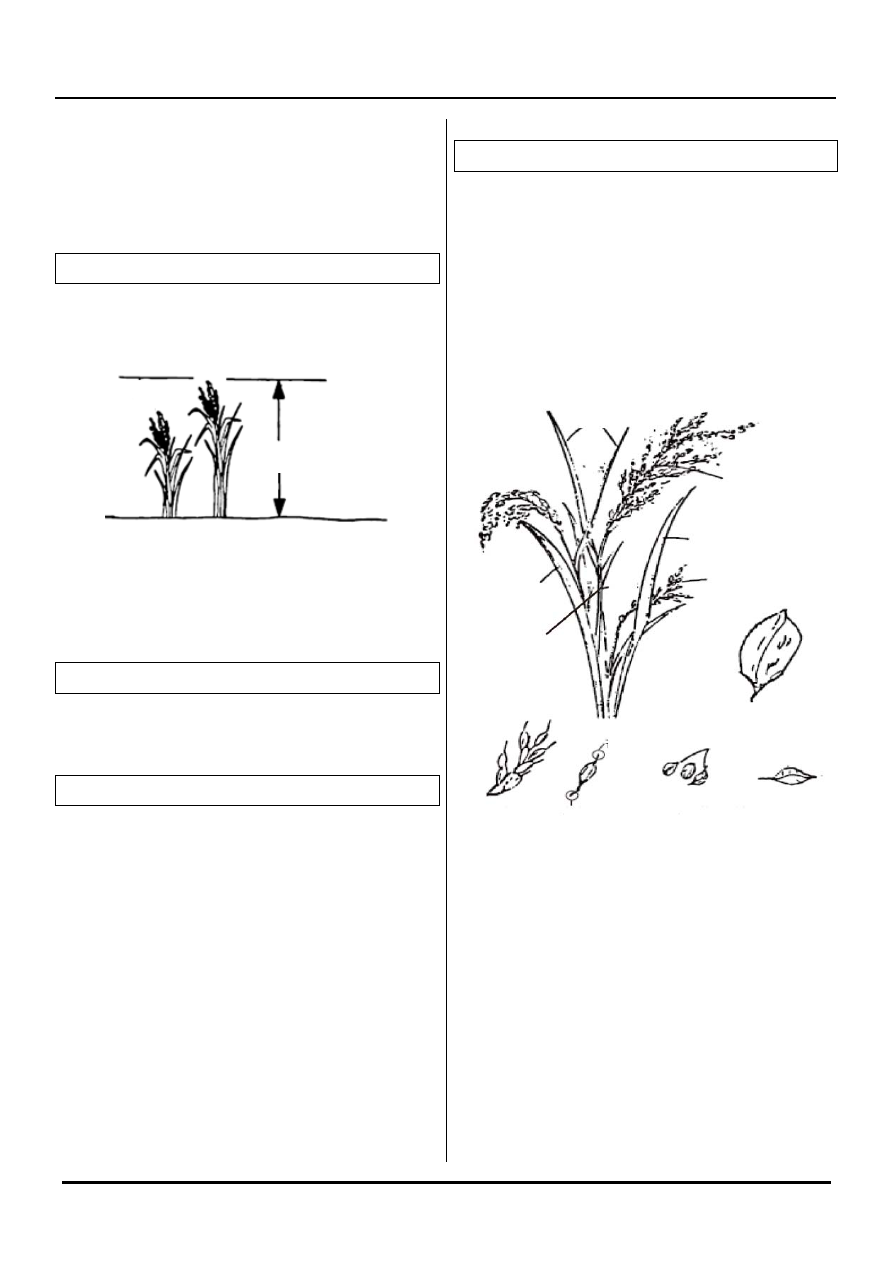COMBINE HARVESTER AW70V, VNQ, AW82V, VNQ. Manual - part 11

Operation
45
1. Conditions of crops and field
The way to reap crops depends on the conditions of
crops and breadth of field.
Check them in advance to work efficiently.
Length of crops
The length of crops suitable for this combine harvester
is 30 to 150 cm.
Raise the header as high as possible to reap crops over
150cm long.
Descend the header as low as possible to reap crops
below 30cm long.
Moisture of crops
Screening of grain will be affected if crops are not dry.
Harvest after crops are sufficiently dry.
Diseases and insect pests of crops
It is difficult to thresh and clean the crops with diseases
and insect pests. In this case, put the range shift lever
to “Low” before operation.
Harvesting time of crops
It’s the time to harvest when most of grains and over a
half of the spike-stalk become yellow.
There will be more green rice-grain branches and less
harvest, and the total loss rate may exceed the national
standard if crops are reaped too early. On the other
hand, there will be more lodging, sprouting, broken
spike, cracked grains and loss if crops are harvested
too late.
There will be un-threshed grain (more branches), and the
awn of some special varieties can not be removed if the
tension of grain and branch is higher than 100g.
30 – 150cm
Terminal
leaf
Broken
spike
Branch
Awn
Haulm
True leaf
True leaf
Spike-stalk
Late spike
(Short and small)
Rice
Hulled rice crack
(cracked rice)
Immature
grain